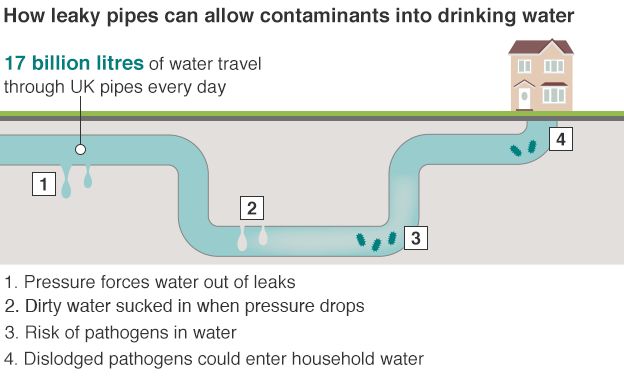Identifying Common Roof Covering Issues In Your House
Identifying Common Roof Covering Issues In Your House
Blog Article
Material Writer-Wilkerson Roche
You may not realize it, but your roofing system could be concealing issues that, if left untreated, can cause substantial damages. Beginning by searching for dark places or water discolorations on your ceilings, which frequently signify leaks. While you're at it, examine your shingles for any type of splits or curling. Do not forget to examine your gutters for granule loss, a telltale sign of damage. Recognizing these typical concerns can conserve you money and time, but understanding when to take the next action is crucial. What should you do if you discover something worrying?
Common Indications of Roof Covering Issues
Have you ever saw dark areas on your ceiling or missing out on shingles on your roof? These can be telltale signs of roof concerns that should not be overlooked.
If your roof's obtained leakages, you might see water discolorations or bubbling paint on your ceilings. This suggests dampness getting in, which might cause mold growth and additional damage.
Another indication to expect is granule loss on your roof shingles. When you see extreme granules in your gutters, your shingles might be nearing the end of their life-span. It's a caution that they're losing their safety layer.
If you find any kind of drooping areas on your roof covering, that's a red flag. A sagging roofing system can signify structural problems that might lead to a collapse if not addressed.
Do not ignore the outside. Cracked or curling shingles and corrosion on metal roofings are also indicators that your roof isn't in top shape.
Precautionary Measures for Your Roof covering
Routinely examining your roofing system can aid you catch possible issues prior to they rise. Make it a behavior to examine your roof covering at the very least two times a year, preferably in spring and fall. Seek damaged roof shingles, debris, or any indicators of wear. If you identify anything concerning, address it quickly to prevent additional problems.
Keep your rain gutters tidy and free of debris. Clogged up seamless gutters can cause water back-up, triggering leaks and damage to your roof covering. If you're not comfy climbing up a ladder, take into consideration working with a professional for this task.
Cut looming & remodeling" to prevent them from scraping against your roofing system during storms. https://www.news-journal.com/money-saving-tips-about-roof-shingles/article_ef9a530e-66b3-11e9-8fad-17950505fdf1.html lowers the danger of dropping arm or legs damaging your tiles.
Ensure appropriate air flow in your attic room. Good airflow aids control temperature and dampness, preventing mold growth and prolonging the life of your roofing system.
Lastly, purchase a roof upkeep plan if you're unsure regarding the maintenance. Routine upkeep can catch small problems before they turn into costly repair work.
When to Call a Professional
Understanding when to call a professional for roofing problems can save you time and money, especially if you discover indicators of serious damages. If you see missing out on tiles, water stains on your ceilings, or substantial leakages, it's time to connect to a specialist. These problems can indicate that your roof needs prompt interest to avoid further damages to your home.
Do not wait until the issue rises. If san antonio kitchen remodelers can not securely access your roof or if you're unsure regarding the level of the damages, it's ideal to call a specialist. They have actually the experience and tools needed to assess the situation properly.
Also, consider working with a roofing specialist after a serious tornado. High winds, hail storm, or hefty snowfall can trigger surprise damages that mightn't show up from the ground. An expert examination can discover these problems before they end up being expensive repairs.
Finally, if your roof covering is maturing or you're thinking about a replacement, consult a roof covering specialist. They can guide you on products and choices that fit your home and budget plan.
Don't wait to look for assistance; it can save you from even more considerable headaches down the line.
Conclusion
By staying attentive and regularly checking your roof covering, you can catch common problems early and conserve yourself from pricey repairs. Watch out for dark spots, split shingles, and sagging areas. Do not forget to inspect your gutters for granule loss, too. If you identify any concerning indicators or aren't comfy going up to evaluate, do not hesitate to call a specialist. Taking these steps now will help ensure your roofing stays solid and protective for several years to come.
